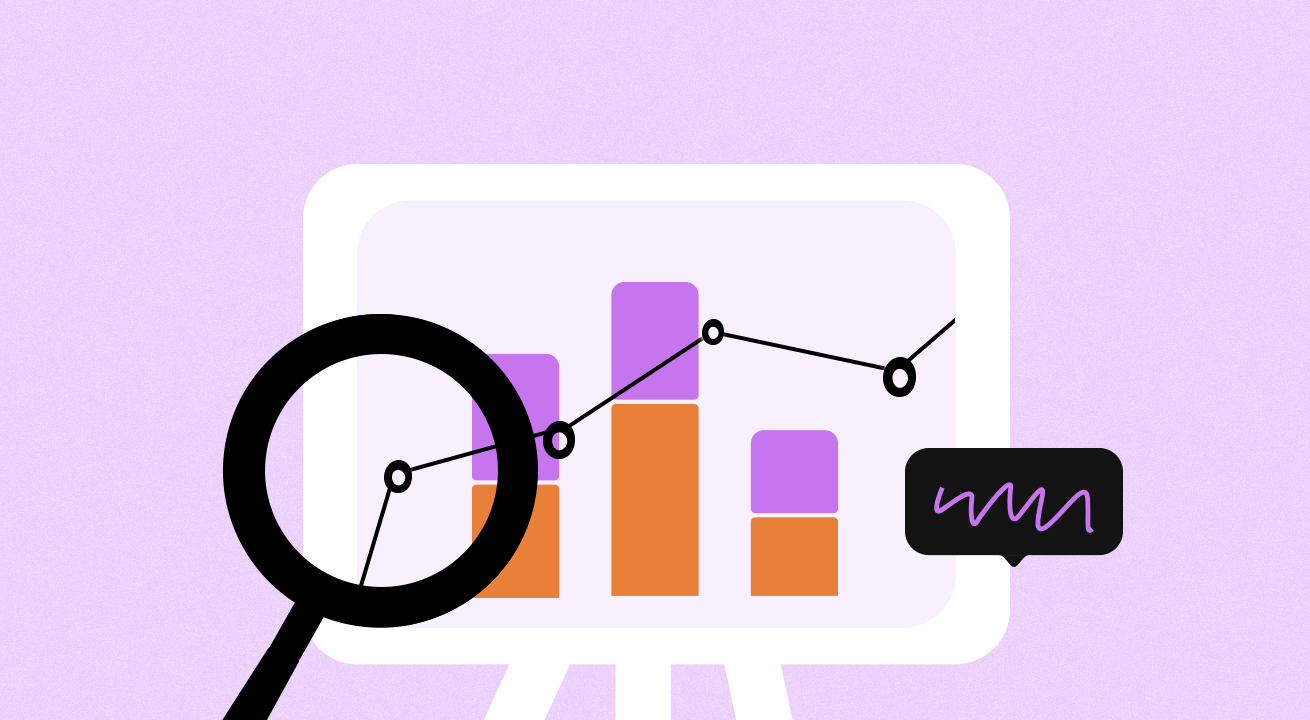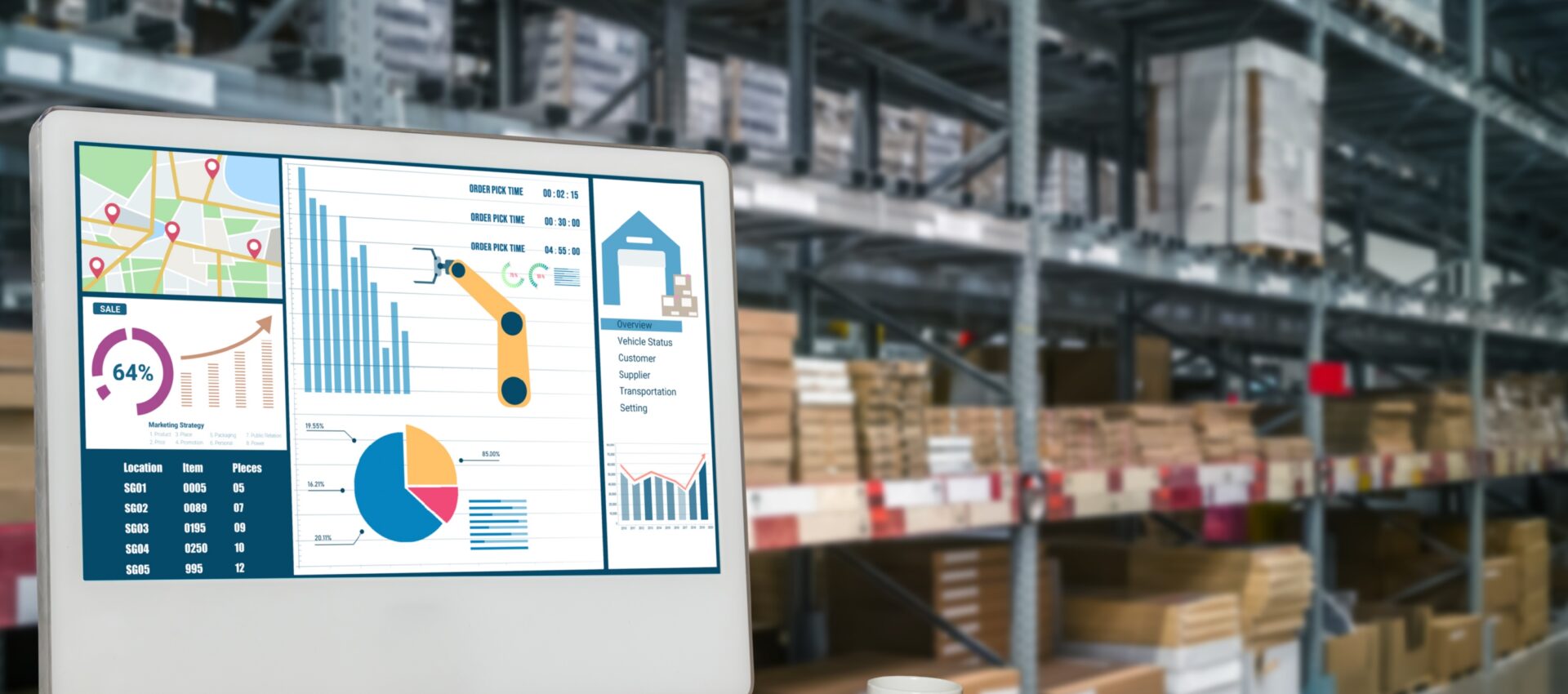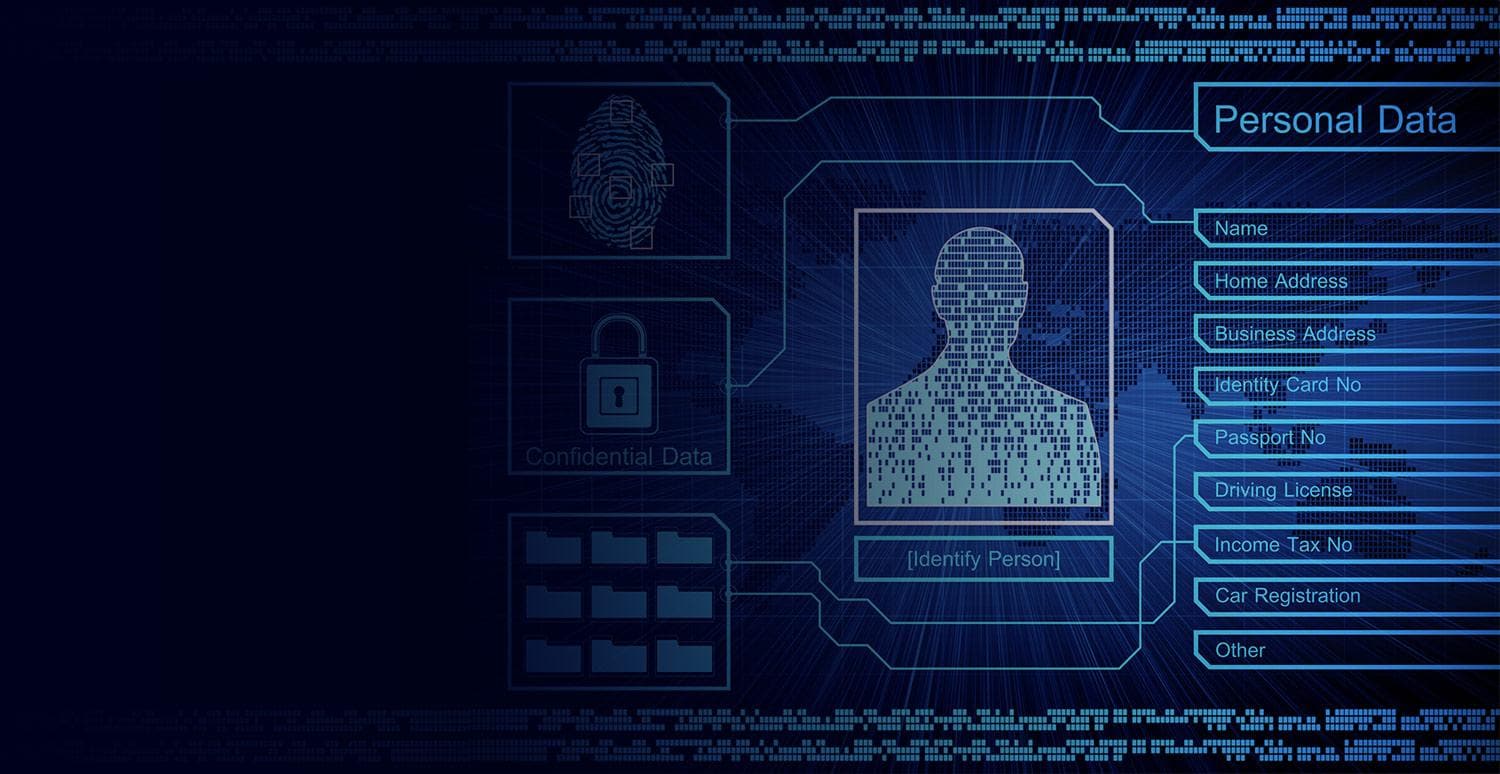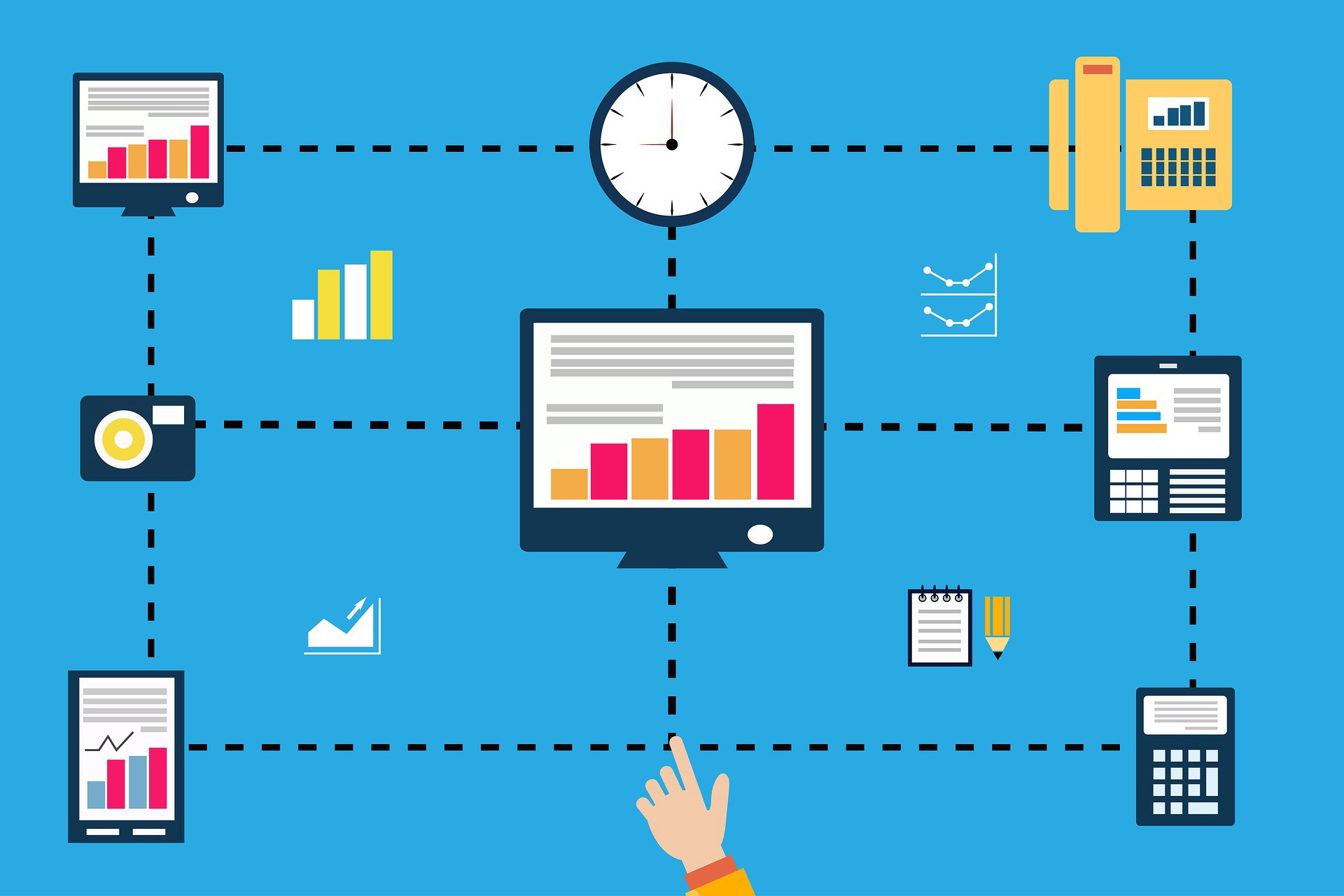Last Updated on 05/12/2023 by Dolly
Predictive analytics is a useful tool that firms may use to make better decisions and create more successful strategies. Predictive analytics can find patterns and connections that can be utilized to predict future outcomes by examining previous data and trends. Making smarter judgments about anything from product development to marketing initiatives to risk management is then possible using this knowledge.
Predictive Analytics: A Powerful Tool for Business Decision-Making
1. Increase Customer Targeting and Segmentation
Predictive analytics can be used to categorize groups of customers based on their traits, previous purchases, and other factors. Then, with the assistance of this data, marketing campaigns can be more precisely targeted and experiences can be made more unique.

2. Predicted Customer Loss
It is possible to identify customers who are likely to leave a company using predictive analytics. The development of targeted interventions to maintain these customers’ interest may be achieved by utilizing this information.

3. Improving Prices and Promotions
Pricing and promotions can be optimized using predictive analytics for improved profitability. For example, companies may predict both supply and demand using predictive analytics and then regulate prices accordingly. Additionally, they can utilize predictive analytics to identify customers who will respond better to certain promotions.

4. Improve the Management of the Supply Chain
Predictive analytics may be useful in supply chain management by predicting demand and levels of inventory. By doing this, businesses can prevent shortages and surplus inventory.

5. Determine Fraud and other Risks
Fraud and other dangers can be identified through predictive analytics. As an example, banks can spot unauthorized transactions using predictive analytics. Predictive analytics are able to help insurance companies notice clients with elevated risk.

Businesses need access to a lot of data from the past if they want to take advantage of predictive analytics. Furthermore, they must be equipped with the knowledge and tools necessary to analyze this data and identify trends and correlations.
Predictive Analytics: How to Use It in Your Business, with Tips
i. Determine the important business issues that predictive analytics can help you address. What are the most critical choices you must make? What are the most serious risks you face?

- Obtain and arrange all the necessary data. Your predictive analytics efforts must succeed if your data is accurate and of high quality.

ii. Pick the appropriate predictive analytics tools and methods. Predictive analytics tools and methods come in many different forms. The best option for your company will depend on your unique requirements and financial constraints.

iii. Create and use models for predicting. You must create and use predictive models after selecting your predictive analytics tools and methods. These models will make predictions about what’s to come on the basis of your data.

iV. Maintain tabs on and evaluate your predictive models. The precision of predictive models varies. To make sure they are still accurate and pertinent, they need to be regularly monitored and assessed.

All sizes of businesses can benefit from using predictive analytics. Businesses can make better decisions, create more effective strategies, and boost their bottom line through the power of predictive analytics.
Read More:
- Top 5 Risk Management Strategies for the Tech Supply Chain in 2023
- Navigating the Ethical Terrain of AI and Machine Learning step by step
- The Role of AI in Financial Services: From Robo-Advisors to Fraud Detection
- Navigating the Ethical Terrain of AI and Machine Learning step by step










